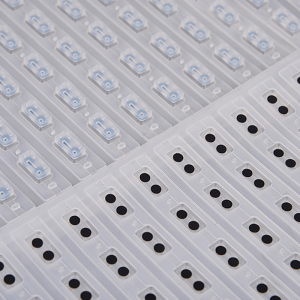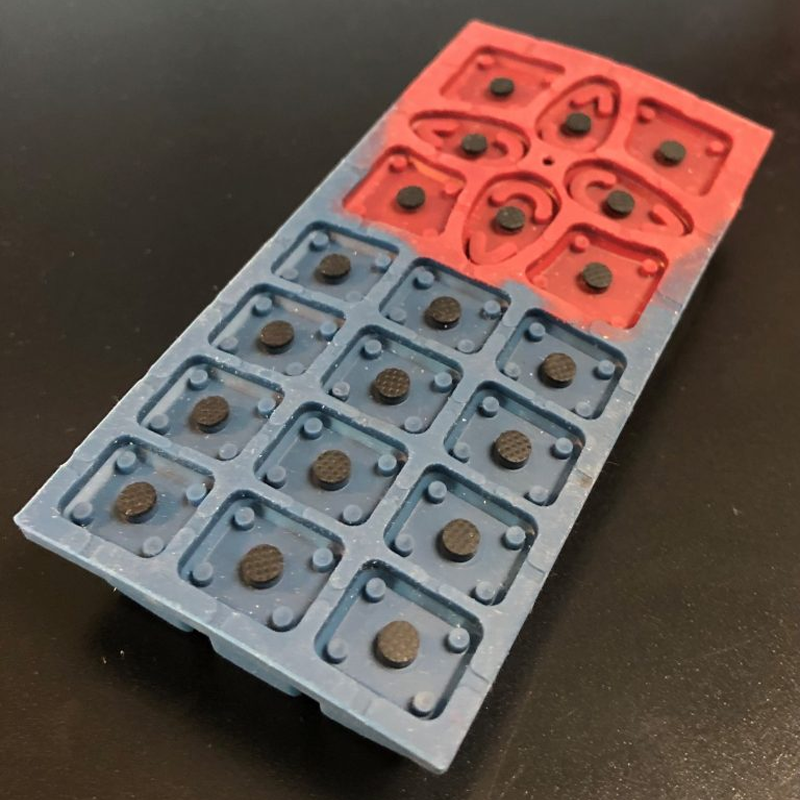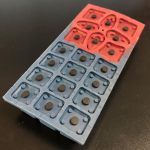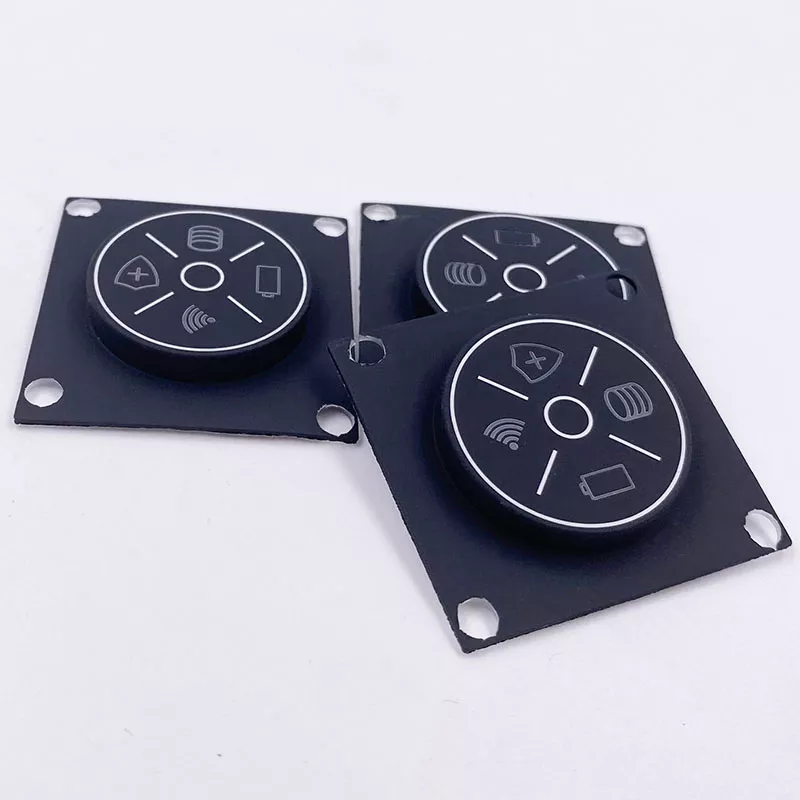High Standard Premium Wear-Resistant Silicone Keypad with Carbon Pills
Introduction:
The creation of a silicone rubber keypad involves incorporating a flexible wall around each button to ensure tactile feedback upon pressing. Two main techniques, dome switches and conductive carbon pills, are used to make contact with the switch. Conductive carbon pills, generally crafted from silicone-based material embedded with carbon particles, come in a range of shapes and sizes to guarantee consistent circuit contact and dependable performance.
Silicone Push Button Surface Protection Options:
- Textured Matte Finish
- Polyurethane (PU) Coating (Offers enhanced durability but is more expensive than a textured matte finish)
- Epoxy Coating
- Silicone Key with Plastic Cap
- Silicone Key with Metal Cap
Note: The PU coating provides exceptional wear resistance, though at a higher price point compared to the textured matte finish. The textured matte finish is popular for silicone rubber keypads due to its excellent tactile feedback and preferred tactile effect.
Product Parameters:
– Material:
– Silicone Rubber
– Function:
– Anti-fingerprint
– Anti-drop
– Dust-proof
– Anti-wear
– Anti-scratch
– Durable and long-lasting protection
– Foldable
– Style:
– Minimalist
– Simple
– Selling Points:
– Superior Material: Soft, Flexible, Slim, and Light
– Minimalist Design: Candy-colored liquid silicone
– Precise Cutouts: Easy access to all buttons and features
– Full Protection: Anti-scratch, Shockproof, Anti-dust, Anti-slip
– Easy Operation: Easy to install and remove
– Better Touch: Smooth and soft surface
– Screen and Camera Protection
– Package:
– OPP bag or box pack
Silicone Rubber Keypad Design Elements:
- Silicone Buttons and Keys: Primary actuation components.
- Cushioning Pads: Provide necessary cushioning for buttons.
- Flexible Webbing: Allows for smooth button movement.
- Key Travel: Affects overall user experience.
- Conductive Materials: Ensure efficient electrical conductivity.
Notes:Designers of silicone keyboards take into account several critical factors, including actuation force, button travel, and conductive materials. Additionally, they consider the requirements for webbing and surface characteristics such as smoothness, transparency, hardness, and color spray coating.



